
by Ria Olivier | May 20, 2020 | Invasion Biology, Marion Island, Research, SANAP, Science, STEM
 I grew up in Hermannsburg, a small village in KwaZulu-Natal, which has a school, lots of space to roam and explore, and not much else. Growing up outdoors (and having a passionate biology-teacher-father) sparked my interest in the natural sciences – and I have had the privilege of pursuing a career in the field. I completed my undergraduate degree at Stellenbosch University.
I grew up in Hermannsburg, a small village in KwaZulu-Natal, which has a school, lots of space to roam and explore, and not much else. Growing up outdoors (and having a passionate biology-teacher-father) sparked my interest in the natural sciences – and I have had the privilege of pursuing a career in the field. I completed my undergraduate degree at Stellenbosch University.
In my third-year I saw an advert for a Marion Island-based honours project being advertised by a new lecturer in our department, Steven Chown. From a young age I had had the dream of visiting the island, so I had to apply for the honours position for the chance to visit the island! And visit the island I did – for a four-week take-over during my honours year. This was a seminal experience for me: I had never been to a place so remote, so wild, so volcanic (and so windy and cold)! Also, I got out of the year more than a visit to Marion Island; I was exposed the field of biogeography: the study of how biodiversity is distributed in space and time – a new interest developed for me.

 I continued pursuing an MSc and PhD in the biogeography of birds and plants in Africa: somewhat warmer and greener places (I completed these degrees in Stellenbosch and in Denmark respectively). Here I developed my second passion: savanna ecology. After taking up my position in the Plant and Soil Sciences Department at the University of Pretoria in 2013, I had a renewed opportunity to get involved in the sub-Antarctic sciences when I was awarded a SANAP grant.
I continued pursuing an MSc and PhD in the biogeography of birds and plants in Africa: somewhat warmer and greener places (I completed these degrees in Stellenbosch and in Denmark respectively). Here I developed my second passion: savanna ecology. After taking up my position in the Plant and Soil Sciences Department at the University of Pretoria in 2013, I had a renewed opportunity to get involved in the sub-Antarctic sciences when I was awarded a SANAP grant.


 Much of the work that we have been doing on Marion Island deals with invasive species (especially plants) and what determines their distribution and success. Even though sub-Antarctic islands like Marion Island are some of the most isolated places on Earth, they have not been totally spared from human activities. Invasive species constitute one of the largest threats to the islands. These have mostly been introduced accidentally in e.g. building rubble, stuck in people’s shoes or the Velcro of their jackets, or in food supplies. Not all exotic species that have arrived at the islands have survived, but those that have, have often managed to spread and in some cases have had large negative impacts on the native species and ecosystem. Additionally, Marion Island is rapidly warming, and this is benefitting invasive species which are able to better survive under the mild conditions. How invasive species will be affected by climate change compared to native species forms a further particular interest. There is already some evidence of invasive species benefitting more than native species; but together with Prof Michael Cramer from UCT and Brad Ripley from Rhodes University, we are also studying how factors other than climate, e.g. soil characteristics, may limit the spread of invasive species, even under climate change. (image below during The POLAR2018 symposium in Davos, Siwtzerland)
Much of the work that we have been doing on Marion Island deals with invasive species (especially plants) and what determines their distribution and success. Even though sub-Antarctic islands like Marion Island are some of the most isolated places on Earth, they have not been totally spared from human activities. Invasive species constitute one of the largest threats to the islands. These have mostly been introduced accidentally in e.g. building rubble, stuck in people’s shoes or the Velcro of their jackets, or in food supplies. Not all exotic species that have arrived at the islands have survived, but those that have, have often managed to spread and in some cases have had large negative impacts on the native species and ecosystem. Additionally, Marion Island is rapidly warming, and this is benefitting invasive species which are able to better survive under the mild conditions. How invasive species will be affected by climate change compared to native species forms a further particular interest. There is already some evidence of invasive species benefitting more than native species; but together with Prof Michael Cramer from UCT and Brad Ripley from Rhodes University, we are also studying how factors other than climate, e.g. soil characteristics, may limit the spread of invasive species, even under climate change. (image below during The POLAR2018 symposium in Davos, Siwtzerland)

 There are many things I enjoy about my career. I am always learning more, and by conducting research, I am also contributing to new knowledge. As an ecologist, I enjoy the opportunities to see wild places all over South Africa and beyond, to understand how they function, and to hopefully contribute to their protection and appropriate management. I have also met, and made friends with, many wonderful, kind and intelligent people through my work. I especially enjoy the interactions I get to have with students: it is rewarding to see them develop skills and self-confidence, and learning from them as people who possess different world views from me, have skills different to mine, and in many cases overtake me in their scientific skills and knowledge.
There are many things I enjoy about my career. I am always learning more, and by conducting research, I am also contributing to new knowledge. As an ecologist, I enjoy the opportunities to see wild places all over South Africa and beyond, to understand how they function, and to hopefully contribute to their protection and appropriate management. I have also met, and made friends with, many wonderful, kind and intelligent people through my work. I especially enjoy the interactions I get to have with students: it is rewarding to see them develop skills and self-confidence, and learning from them as people who possess different world views from me, have skills different to mine, and in many cases overtake me in their scientific skills and knowledge.
“A research career is a varied and fulfilling career. Science can be used to make evidence-based decisions to improve society, and it accommodates many different ‘types’ of people: good writers, geeks, extroverts who can communicate science, teachers, modellers, outdoor-types, etc. A career in science will usually not make you very rich nor be without stress: it is competitive, often requires long hours and perseverance, and requires the scientist to excel at many different things and juggle several balls at once. However, the life of a scientist is interesting!”


Text and Images : Michelle Greve

by Ria Olivier | May 18, 2020 | Antarctica, Geomorphology, Marion Island, Research, Science
 David William Hedding was born in Johannesburg and grew in Benoni on the East Rand (please don’t hold it against me) before going to boarding school in Pretoria. After a year in Ireland, I returned to study for a BSc in Geoinformatics at the University of Pretoria but it wasn’t long before the call of the mountains ignited my passion for geomorphology. This led to a switch into a BSc (Hons) in Geography to focus on physical geography. This is where it all started and I spent most of 2003 on field trips to the Drakensberg, Lesotho, Namibia as well as Marion Island where I conducted my first real piece of research which was to be published several years later. That first trip to Marion Island was a truly amazing experience and was fortunate enough to share a room with Marthan Bester and experience the life in the old base with all its leaks and mice. Two current Principal Investigators were also students and field assistants on that take-over. (Images Top: Marion Island Ice Plateau. Below: On Marion Island (l-r): Junior’s Kop, Tafelberg, Mesrug )
David William Hedding was born in Johannesburg and grew in Benoni on the East Rand (please don’t hold it against me) before going to boarding school in Pretoria. After a year in Ireland, I returned to study for a BSc in Geoinformatics at the University of Pretoria but it wasn’t long before the call of the mountains ignited my passion for geomorphology. This led to a switch into a BSc (Hons) in Geography to focus on physical geography. This is where it all started and I spent most of 2003 on field trips to the Drakensberg, Lesotho, Namibia as well as Marion Island where I conducted my first real piece of research which was to be published several years later. That first trip to Marion Island was a truly amazing experience and was fortunate enough to share a room with Marthan Bester and experience the life in the old base with all its leaks and mice. Two current Principal Investigators were also students and field assistants on that take-over. (Images Top: Marion Island Ice Plateau. Below: On Marion Island (l-r): Junior’s Kop, Tafelberg, Mesrug )



In 2004/05, I overwintered on Marion Island to complete my MSc on the geomorphology of the Central Highland of Marion Island. This led to many, many nights up at Katedraalkrans and countless adventures into the interior and Ice Plateau. In 2006, I took up a lectureship in Mahikeng (NWU) and I participated in two summer take-overs to SANAE IV (2007 and 2008). After two good years at NWU, I moved to Unisa where I still work today. Between 2008 and 2012, I had somewhat of a hiatus from the South African National Antarctic Programme (SANAP). I used this time to complete my PhD which focused on pronival ramparts. In 2013, I was invited to join Prof. Werner Nel as part of the Geomorphology Group for a take-over. This return to working on Marion Island has led to several collaborations and I have consistently participated in take-overs since then as co-investigator of the Geomorphology Group. (Images below: Antarctica)



I truly love teaching and training students, but I enjoy research most of all. Gaining a better understanding of how earth surface processes operate, particularly in the context of climate change, is a never-ending quest. Climate change as well as the responses of landscapes to climate change impacts ecosystems so understanding these responses is crucial to get a clearer idea of what is currently happening on the island and elsewhere in the world. In addition, investigation of past landscape responses is also vitally important, and the Geomorphology Group is currently hard at work to reconstruct the glacial history of Marion Island. Currently, I am also the Principal Investigator of a NRF / NSFC funded grant with Chinese collaborators. This grant focuses on weathering and landscape evolution of basaltic fields and has led to several publications. I have also been extremely fortunate enough to have conducted research in New Zealand, Mauritius and Siberia and I have been involved in a little research on the transformation of the Higher Education sector in South Africa as well as the changing and challenging research landscape in South Africa. (Images below l-r: New Zealand, Siberia, Mauritius)



Through the South African National Antarctic Programme (SANAP), I have been lucky enough to have been mentored and supervised by Profs Paul Sumner and Ian Meiklejohn who provided me with many opportunities for which I will be eternally grateful. During various voyages I have met many inspiring scientists who are truly incredible people, many of whom I can call friends. In particular, I now have the privilege of working with a passionate team led by Prof. Werner Nel, who I have known for almost two decades. This close working relationship has led to several epic adventures to not only Marion Island but also to the Antarctic, Siberia, China and Mauritius. And over the years, I have also supervised some amazing students who have worked hard and succeeded. This aspect has been particularly rewarding. As a researcher, my aim is simply to do good science and I truly enjoy collaborating with others. The diversity of the research conducted within SANAP is one of its strengths. Several different projects have made great strides in providing a better understanding of different aspects of Marion Island and the Antarctic and the integration of this research has the ability provide a better understanding of how these environments operate, as a whole, in a changing world. Research is difficult and hardly ever turns out exactly as planned, 2020 is a prime example of this. So, my advice to fellow early career scientists is to collaborate as much as possible, particularly with researchers in other disciplines and projects. Then to those post-graduate students out there, just persevere and do the best you can in these trying times. COVID-19 is impacting everyone so colleagues and students alike need to look after their physical and mental health and hopefully we will all be able to return to our field sites in the near future to conduct the work we love.



Unisa’s Associate Professor David Hedding, from the Department of Geography in the College of Agriculture and Environmental Sciences (CAES), is one of the recipients of the 2019 Chancellor’s Awards for Excellence in Research. This award is a way of recognising those who strive for excellence in research and the prize is regarded as the most prestigious for research and innovation at Unisa. Hedding has received the same award more than once.
Text: David Hedding. Photo credits: David Hedding. Cover Photo taken in Siberia.

by Ria Olivier | May 13, 2020 | News, Research, Science
With funding from the Department of Science and Innovation (DSI) of South Africa, the International Science Council (ISC) Regional Office for Africa (ROA), in collaboration with the Academy of Science of South Africa (ASSAf), the African Academy of Science (AAS), the Network of African Science Academies (NASAC) and the World Academy of Sciences Sub-Saharan Africa Regional Partner (TWASSAREP) have developed an African Scientists Directory.


 This directory is generally envisaged to serve as a dynamic platform that contains information on African experts in the natural and social sciences, humanities, engineering and mathematics, residing within and outside the continent, which would make it easy to identify, engage and co-design as well as carry out research across disciplines, countries and regions of the continent and beyond.
This directory is generally envisaged to serve as a dynamic platform that contains information on African experts in the natural and social sciences, humanities, engineering and mathematics, residing within and outside the continent, which would make it easy to identify, engage and co-design as well as carry out research across disciplines, countries and regions of the continent and beyond.
Specifically, the directory will:
- facilitate the free flow of scientists and scientific knowledge across borders; and promote the participation of African scientists in activities of the ISC family;
- ensure efficient information transfer from the ISC and its family members to the scientific community in Africa and the collection, collation and dissemination of valuable scientific information for Africa; and
- promote and facilitate the formation of scientific societies and academies within the continent as well as sub-regional partnerships on the continent.
- promote and facilitate capacity building in Africa, including support for post-graduate training programmes for early career scientists.
It is basically an online database, hosted on the ASSAf server and self-operable using the link: http://africanscientists.africa/. Access is open to scientists from all categories with a doctorate or equivalent qualification.
You are cordially invited to help us to create a vibrant and well-connected African science community through registering your details in this directory to among others collaborate, build trust, increase impact and connect. Please help further by sharing this information with your colleagues, partners and networks.
Dr Daniel Nyanganyura – Regional Director, ISC Regional Office for Africa.

by Ria Olivier | Apr 22, 2020 | Announcement, Research, SANAP, Science


As a result of the streamlining, the NRF will publish the One Call for Applications for funding in February
2020 (Review Period 1) and others later in Review Period 2 under the following categories. Refer to
Appendix 1 for the Review Periods – The NRF General Application Guide (Ver 5 April 21)
Cut-off dates and Review Periods:
The NRF will accept applications for processing on the cut-off dates for the different Review Periods as
indicated in Appendix 1. No applications submitted by institutions to the NRF after that date will be
considered. Applicants should therefore ensure that the institutional deadlines be strictly followed.
SA National Antarctic Programme (SANAP) Cut of date extended to 15 May 2020

by Ria Olivier | Apr 19, 2020 | geochemistry, Research, Science, Southern Ocean

This SANAP project is part of a fantastic international collaborative effort Biogeoscapes, a follow up programme of GEOTRACES . (Left – During Winter Cruise 2017: Susanne Fietz, Ismael Kangueehi, Johan Viljoen, Ian Weir, Ryan Cloete)
Susanne Fietz at the department of Earth Sciences at the Stellenbosch University is the principal investigator. GEOTRACES and the follow up programme Biogeoscapes are programmes which aim to improve the understanding of biogeochemical cycles and large-scale distribution of trace elements and their isotopes in the marine environment. Scientists from approximately 35 nations have been involved in the programme, which is designed to study all major ocean basins over the next decade. In this project we work together with marine biogeochemists at University of Cape Town and CSIR (SOCCO), biotechnologists and genomicists at Stellenbosch University and University of Pretoria, as well as with colleagues at the Norwegian University of Science and Technology and Universidad Nacional Autónoma de México.
 The global changes affecting the terrestrial ecosystems are matched by threats on the marine ecosystems, such as the warming of the ocean and concomitant changes in ocean structure, or marine pollution. The extent of the ecosystem alteration is still a matter of heated debates, especially when including stakeholders from industry in the discussion. Science is still far away from having all answers policy makers need. Furthermore, the notion that the oceans provide unlimited resources is still widely spread in society, despite a growing perception of rather straightforward threats such as overfishing.
The global changes affecting the terrestrial ecosystems are matched by threats on the marine ecosystems, such as the warming of the ocean and concomitant changes in ocean structure, or marine pollution. The extent of the ecosystem alteration is still a matter of heated debates, especially when including stakeholders from industry in the discussion. Science is still far away from having all answers policy makers need. Furthermore, the notion that the oceans provide unlimited resources is still widely spread in society, despite a growing perception of rather straightforward threats such as overfishing.
Oceans are changing under pressure of global changes, be it for increase in temperature, sea-ice melt, stratification, acidification or pollutants. The tiny ocean’s inhabitants, the microorganisms, will mostly adapt to it, however, it will most likely result in shifts in community composition and thus in biogeochemical fluxes, including the export of carbon, essential for an efficient drawdown of atmospheric CO2. This project focus on the link between microorganisms and the chemistry of the seawater. Two major concerns drive our focus on the microorganisms:
- We know surprisingly little about the abundance and community structure of our tiniest organisms in the ocean.
- Microorganisms do significantly affect the marine biogeochemical cycles and ultimately our climate.


 Marine primary production in the world’s oceans is generally limited by the availability of nutrients in the upper, sunlit waters. Nitrogen availability tends to limit productivity throughout much of the low-latitude oceans. The primary productivity in the Southern Ocean, in contrast, is primarily limited by constraints in bioavailability of trace metals such as iron that are vital for various biochemical processes, such as chlorophyll synthesis and nitrate utilization. Phytoplankton blooms in the Southern Ocean usually occur near the few islands scattered in the Southern Ocean, such as South Georgia or Kerguelen, and close to retrieving ice around Antarctica. In addition, changes in productivity are linked to times or areas of increased dust input. Increased primary productivity leads to two major consequences: a) food-web stimulation, and thus impact on biodiversity and fisheries and b) enhanced biological pump, and thus atmospheric CO2 sequestration.
Marine primary production in the world’s oceans is generally limited by the availability of nutrients in the upper, sunlit waters. Nitrogen availability tends to limit productivity throughout much of the low-latitude oceans. The primary productivity in the Southern Ocean, in contrast, is primarily limited by constraints in bioavailability of trace metals such as iron that are vital for various biochemical processes, such as chlorophyll synthesis and nitrate utilization. Phytoplankton blooms in the Southern Ocean usually occur near the few islands scattered in the Southern Ocean, such as South Georgia or Kerguelen, and close to retrieving ice around Antarctica. In addition, changes in productivity are linked to times or areas of increased dust input. Increased primary productivity leads to two major consequences: a) food-web stimulation, and thus impact on biodiversity and fisheries and b) enhanced biological pump, and thus atmospheric CO2 sequestration.


 Phytoplankton and microbial communities are normally studied separately, even though it is important to assess their tight interactions. Marine microbes compete for macro- and micronutrients with phytoplankton and largely control micronutrients bioavailability at the ocean surface, but they also control an efficient recycling system below the subsurface. This tight interplay between the microorganisms and the ocean’s chemistry has thus important implications for fisheries and for the global climate. The role(s) of microbial communities in the Southern Ocean are understudied, to the extent that it is often not known what species are present. The development of fast and cheap DNA sequencing technologies allows for their identification, and we will help fill this knowledge gap. The improved understanding of the functioning of the Southern Ocean ecosystem will then allow improving models projecting future global changes.
Phytoplankton and microbial communities are normally studied separately, even though it is important to assess their tight interactions. Marine microbes compete for macro- and micronutrients with phytoplankton and largely control micronutrients bioavailability at the ocean surface, but they also control an efficient recycling system below the subsurface. This tight interplay between the microorganisms and the ocean’s chemistry has thus important implications for fisheries and for the global climate. The role(s) of microbial communities in the Southern Ocean are understudied, to the extent that it is often not known what species are present. The development of fast and cheap DNA sequencing technologies allows for their identification, and we will help fill this knowledge gap. The improved understanding of the functioning of the Southern Ocean ecosystem will then allow improving models projecting future global changes.


 The project is involved in science awareness (left Susanne Fietz during an interview at the East Pier, Presentattion to Sun Valley School, Presenatition to Antarctic Season 2019). For more information visit their page. The educational video is available on the ALSA archive
The project is involved in science awareness (left Susanne Fietz during an interview at the East Pier, Presentattion to Sun Valley School, Presenatition to Antarctic Season 2019). For more information visit their page. The educational video is available on the ALSA archive

by Ria Olivier | Apr 18, 2020 | geochemistry, Research, Science, SEAmester, Southern Ocean

 Johannes Jacobus Viljoen grew up in the small town of Wolseley in the upper Breede River Valley and started his tertiary education at Stellenbosch University after graduating high school in Ceres. He completed a BSc in Earth Science in 2015 and became the first member in his family with a university qualification. In 2016, he completed a BSc (Hons) Earth Science degree in Environmental Geochemistry where he gained a keen interest in marine biogeochemistry and research. He continued his studies as a graduate research student on phytoplankton distribution in the Southern Ocean at Stellenbosch University within the Centre for Trace and Experimental Biogeochemistry (TracEx ), earning a MSc degree (cum laude) in 2018.
Johannes Jacobus Viljoen grew up in the small town of Wolseley in the upper Breede River Valley and started his tertiary education at Stellenbosch University after graduating high school in Ceres. He completed a BSc in Earth Science in 2015 and became the first member in his family with a university qualification. In 2016, he completed a BSc (Hons) Earth Science degree in Environmental Geochemistry where he gained a keen interest in marine biogeochemistry and research. He continued his studies as a graduate research student on phytoplankton distribution in the Southern Ocean at Stellenbosch University within the Centre for Trace and Experimental Biogeochemistry (TracEx ), earning a MSc degree (cum laude) in 2018.

 Johan is currently a PhD candidate in Earth Science at Stellenbosch University (SU). His research focus is part of a larger project within the South African National Antarctic Programme (SANAP) of which the main aim is to understand the biological and biogeochemical processes occurring in the Southern Ocean, how this is linked and will affect our global climate. His PhD research within TracEx revolves around marine biogeochemistry and aims to better understand phytoplankton dynamics in the Southern Ocean and their links to macro- and micronutrients distributions across various seasons and within poorly sampled regions. He specifically strives to specialize in the use of phytoplankton pigments to identifying and quantifying phytoplankton groups essential to the marine carbon cycle and assess their photoprotective abilities and adaptability within the current changing ocean environment. To date, Johan has participated in three research cruises on board South Africa’s flagship research vessel, the S.A. Agulhas II . For his first research cruise, a summer resupply cruise to Antarctica (SANAE 56: Nov 16 – Feb 17), he skipped his BSc (Hons) graduation in December 2016 to join this cruise and collect samples for multiple projects on his own. He wrote a blog tabout his experiences during this cruise and what it was like on the Antarctic ice shelf during the SANAE 56 take-over . He participated in two further research specific cruises to the Southern Ocean during winter as a member of the TracEx team, one to the Indian sector in July 2017 (for which he had to postpone his honeymoon ) and another to the Atlantic sector during the SCALE winter cruise (July/Aug 2019).
Johan is currently a PhD candidate in Earth Science at Stellenbosch University (SU). His research focus is part of a larger project within the South African National Antarctic Programme (SANAP) of which the main aim is to understand the biological and biogeochemical processes occurring in the Southern Ocean, how this is linked and will affect our global climate. His PhD research within TracEx revolves around marine biogeochemistry and aims to better understand phytoplankton dynamics in the Southern Ocean and their links to macro- and micronutrients distributions across various seasons and within poorly sampled regions. He specifically strives to specialize in the use of phytoplankton pigments to identifying and quantifying phytoplankton groups essential to the marine carbon cycle and assess their photoprotective abilities and adaptability within the current changing ocean environment. To date, Johan has participated in three research cruises on board South Africa’s flagship research vessel, the S.A. Agulhas II . For his first research cruise, a summer resupply cruise to Antarctica (SANAE 56: Nov 16 – Feb 17), he skipped his BSc (Hons) graduation in December 2016 to join this cruise and collect samples for multiple projects on his own. He wrote a blog tabout his experiences during this cruise and what it was like on the Antarctic ice shelf during the SANAE 56 take-over . He participated in two further research specific cruises to the Southern Ocean during winter as a member of the TracEx team, one to the Indian sector in July 2017 (for which he had to postpone his honeymoon ) and another to the Atlantic sector during the SCALE winter cruise (July/Aug 2019).
 He attended his first SANAP symposium in 2016. He attended the Polar 2018 conference in Davos, Switzerland in 2018 where he presented an oral presentation on his research. He later joined the South African branch of the Association for Polar Early Career Scientists (APECS-SA) as a committee member during his second SANAP symposium in 2018. He currently serves on the APECS-SA national committee as one of the co-chairs. From 2018 – 2019, he also served as the postgraduate representative of the Department of Earth Sciences at SU on the postgraduate committee of the Faculty of Science.
He attended his first SANAP symposium in 2016. He attended the Polar 2018 conference in Davos, Switzerland in 2018 where he presented an oral presentation on his research. He later joined the South African branch of the Association for Polar Early Career Scientists (APECS-SA) as a committee member during his second SANAP symposium in 2018. He currently serves on the APECS-SA national committee as one of the co-chairs. From 2018 – 2019, he also served as the postgraduate representative of the Department of Earth Sciences at SU on the postgraduate committee of the Faculty of Science.

 Johan is driven to learn more about marine science and sharing his research and experiences with others. To date, he has published two scientific articles from his MSc research and aims to follow an academic career. In August 2017, he was awarded the opportunity by the SU International office to attend a summer school at the University of Helsinki: Introduction to modern atmospheric science. In September 2019, he was awarded a SCOR travel bursary to attend the 2nd International Geotraces Summer School in Spain to further his knowledge about trace metals and their role in the marine environment.
Johan is driven to learn more about marine science and sharing his research and experiences with others. To date, he has published two scientific articles from his MSc research and aims to follow an academic career. In August 2017, he was awarded the opportunity by the SU International office to attend a summer school at the University of Helsinki: Introduction to modern atmospheric science. In September 2019, he was awarded a SCOR travel bursary to attend the 2nd International Geotraces Summer School in Spain to further his knowledge about trace metals and their role in the marine environment.
He is also active on Twitter (@JohanSOV ), utilising social media to promote his and other marine science research. He also has a vested interest in science communication and attended a master class in science communication offered by CREST at SU in December 2019 to advance his skills in science communication. He has volunteered at the retirement home in his hometown, talking to those less mobile about his experiences onboard the SA Agulhas II and the history of SA in Antarctica. He and other members of TracEx have participated in multiple outreach visits of primary and high schools to their department and have been volunteer guides for first year BSc student onboard the S.A. Agulhas II.
 In his free time, he enjoys spending time with his family and friends, watching documentaries and movies based on true events, reading, hiking and travelling. He considers himself to be a bit of a coffee connoisseur, a budding gardener and an experimental cook.
In his free time, he enjoys spending time with his family and friends, watching documentaries and movies based on true events, reading, hiking and travelling. He considers himself to be a bit of a coffee connoisseur, a budding gardener and an experimental cook.
With determination, hard work and by accepting help when needed you can reach any goal. “Alone we can do so little; Together we can do so much.” Helen Keller
Photo Credit and Text: Johan Viljoen – Profile
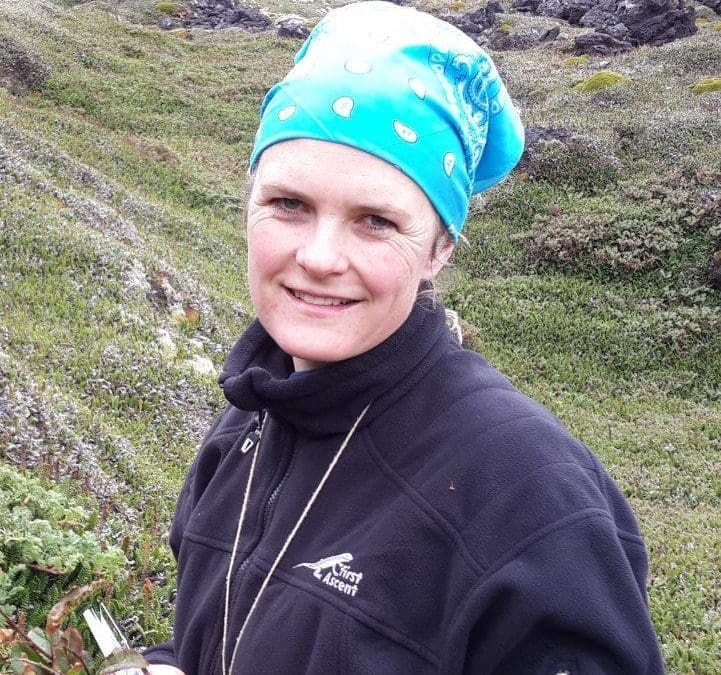
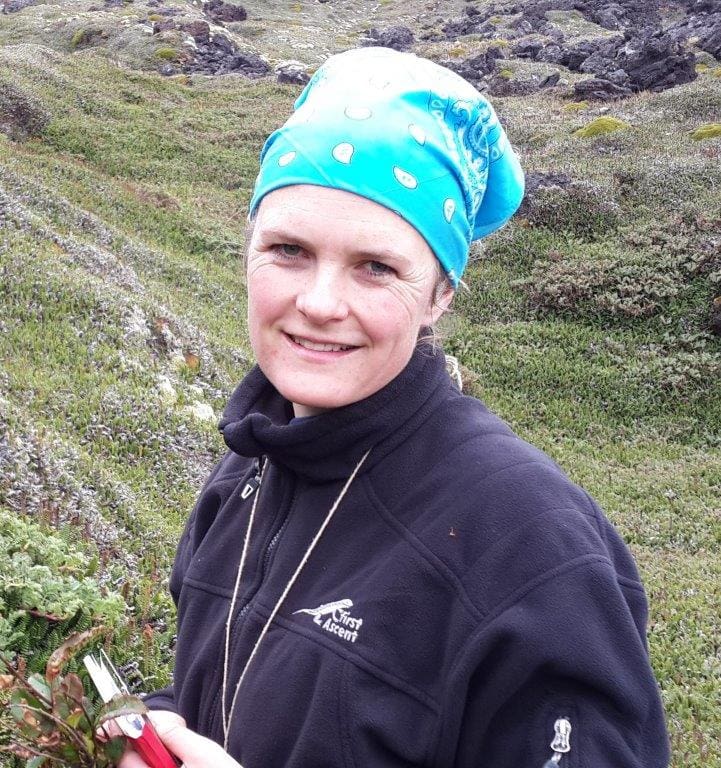 I grew up in Hermannsburg, a small village in KwaZulu-Natal, which has a school, lots of space to roam and explore, and not much else. Growing up outdoors (and having a passionate biology-teacher-father) sparked my interest in the natural sciences – and I have had the privilege of pursuing a career in the field. I completed my undergraduate degree at Stellenbosch University.
I grew up in Hermannsburg, a small village in KwaZulu-Natal, which has a school, lots of space to roam and explore, and not much else. Growing up outdoors (and having a passionate biology-teacher-father) sparked my interest in the natural sciences – and I have had the privilege of pursuing a career in the field. I completed my undergraduate degree at Stellenbosch University.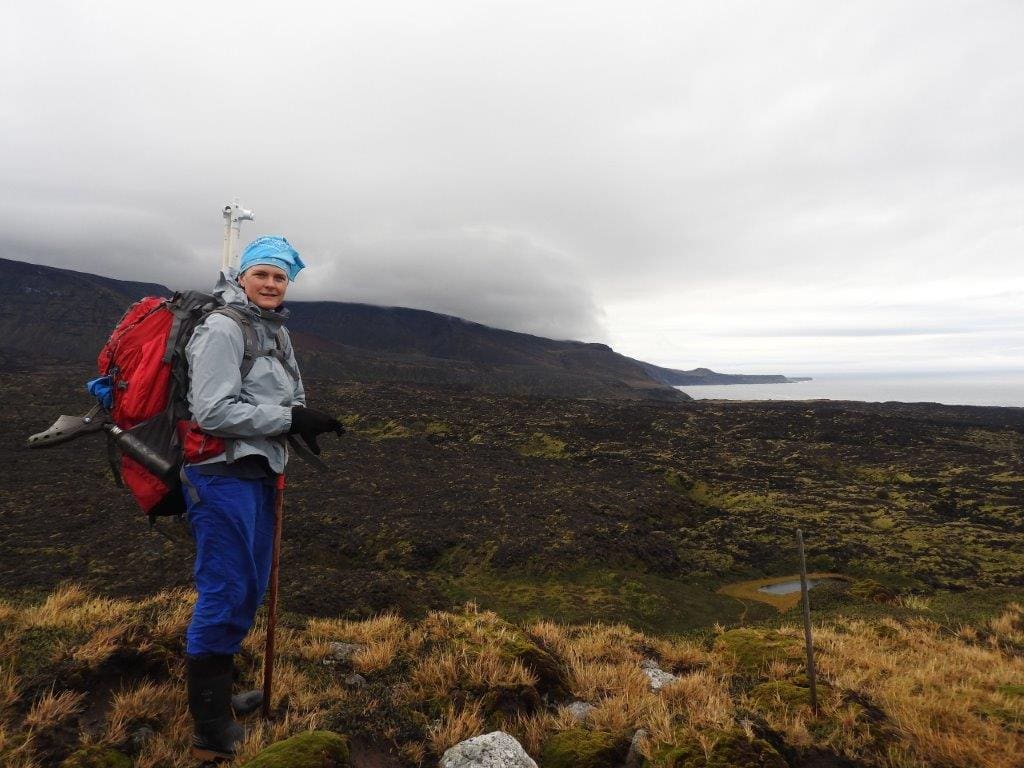
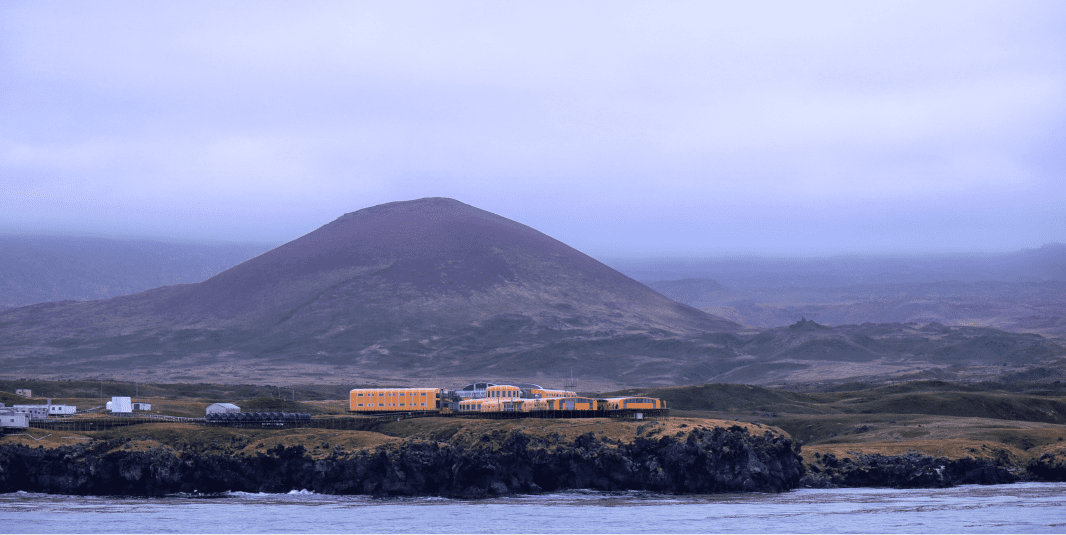 I continued pursuing an MSc and PhD in the biogeography of birds and plants in Africa: somewhat warmer and greener places (I completed these degrees in Stellenbosch and in Denmark respectively). Here I developed my second passion: savanna ecology. After taking up my position in the Plant and Soil Sciences Department at the University of Pretoria in 2013, I had a renewed opportunity to get involved in the sub-Antarctic sciences when I was awarded a SANAP grant.
I continued pursuing an MSc and PhD in the biogeography of birds and plants in Africa: somewhat warmer and greener places (I completed these degrees in Stellenbosch and in Denmark respectively). Here I developed my second passion: savanna ecology. After taking up my position in the Plant and Soil Sciences Department at the University of Pretoria in 2013, I had a renewed opportunity to get involved in the sub-Antarctic sciences when I was awarded a SANAP grant.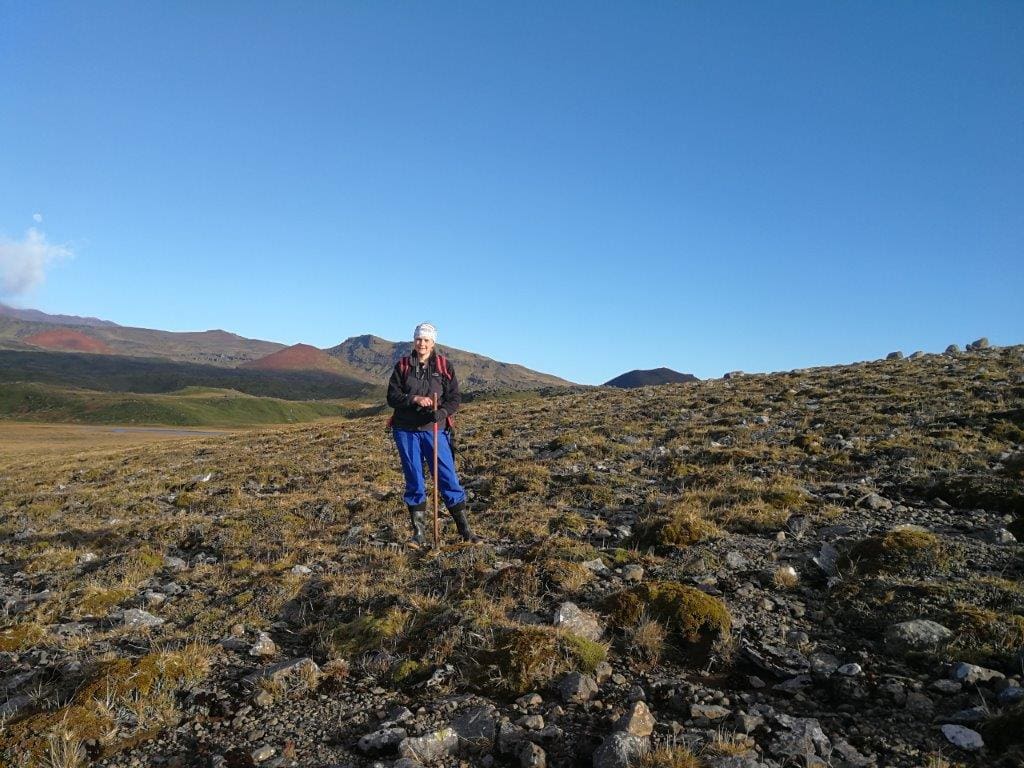
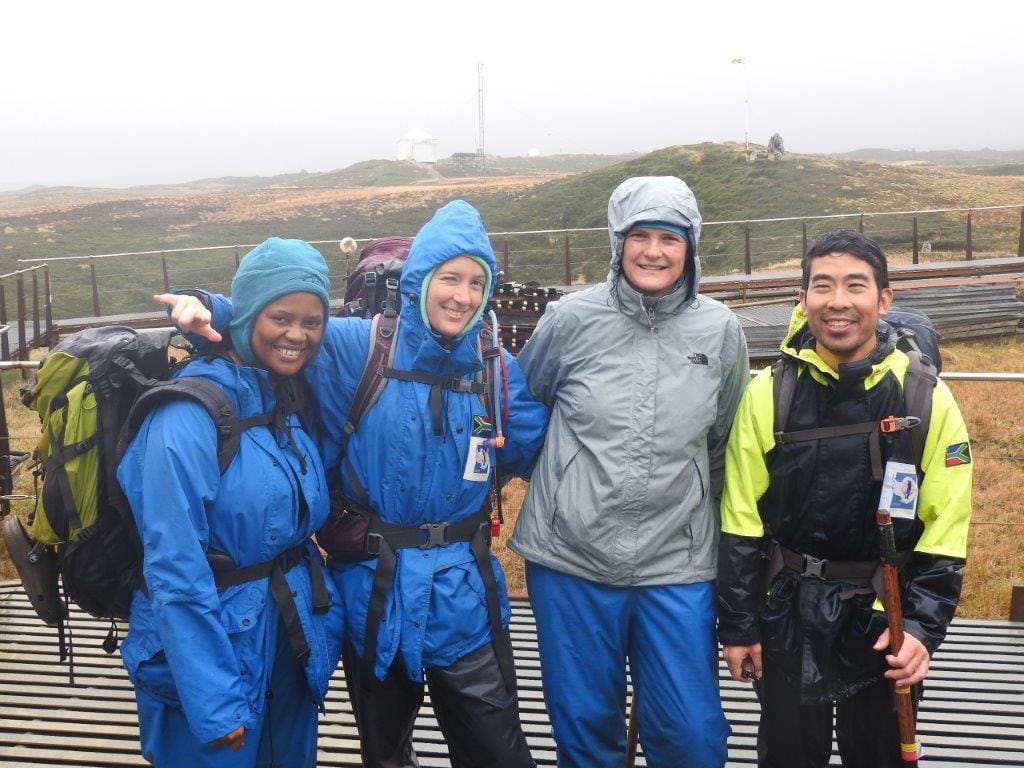
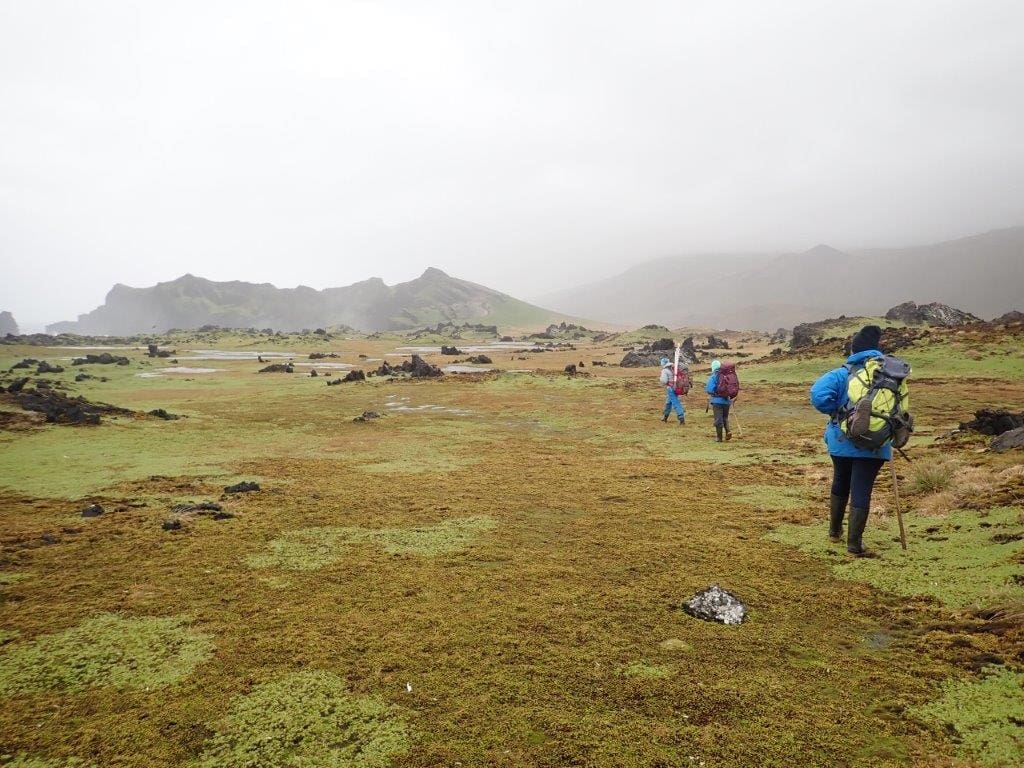 Much of the work that we have been doing on Marion Island deals with invasive species (especially plants) and what determines their distribution and success. Even though sub-Antarctic islands like Marion Island are some of the most isolated places on Earth, they have not been totally spared from human activities. Invasive species constitute one of the largest threats to the islands. These have mostly been introduced accidentally in e.g. building rubble, stuck in people’s shoes or the Velcro of their jackets, or in food supplies. Not all exotic species that have arrived at the islands have survived, but those that have, have often managed to spread and in some cases have had large negative impacts on the native species and ecosystem. Additionally, Marion Island is rapidly warming, and this is benefitting invasive species which are able to better survive under the mild conditions. How invasive species will be affected by climate change compared to native species forms a further particular interest. There is already some evidence of invasive species benefitting more than native species; but together with Prof Michael Cramer from UCT and Brad Ripley from Rhodes University, we are also studying how factors other than climate, e.g. soil characteristics, may limit the spread of invasive species, even under climate change. (image below during The POLAR2018 symposium in Davos, Siwtzerland)
Much of the work that we have been doing on Marion Island deals with invasive species (especially plants) and what determines their distribution and success. Even though sub-Antarctic islands like Marion Island are some of the most isolated places on Earth, they have not been totally spared from human activities. Invasive species constitute one of the largest threats to the islands. These have mostly been introduced accidentally in e.g. building rubble, stuck in people’s shoes or the Velcro of their jackets, or in food supplies. Not all exotic species that have arrived at the islands have survived, but those that have, have often managed to spread and in some cases have had large negative impacts on the native species and ecosystem. Additionally, Marion Island is rapidly warming, and this is benefitting invasive species which are able to better survive under the mild conditions. How invasive species will be affected by climate change compared to native species forms a further particular interest. There is already some evidence of invasive species benefitting more than native species; but together with Prof Michael Cramer from UCT and Brad Ripley from Rhodes University, we are also studying how factors other than climate, e.g. soil characteristics, may limit the spread of invasive species, even under climate change. (image below during The POLAR2018 symposium in Davos, Siwtzerland)
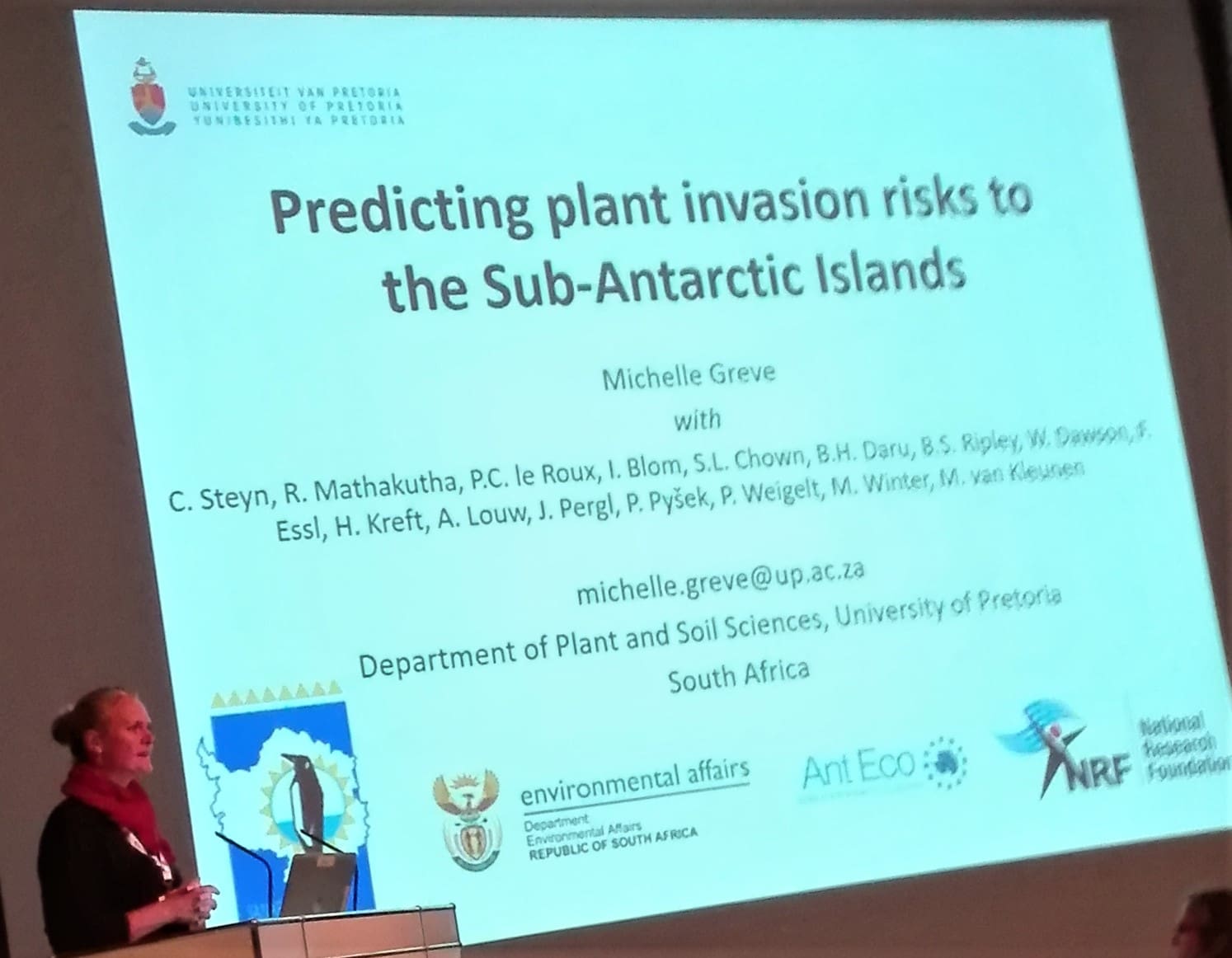 There are many things I enjoy about my career. I am always learning more, and by conducting research, I am also contributing to new knowledge. As an ecologist, I enjoy the opportunities to see wild places all over South Africa and beyond, to understand how they function, and to hopefully contribute to their protection and appropriate management. I have also met, and made friends with, many wonderful, kind and intelligent people through my work. I especially enjoy the interactions I get to have with students: it is rewarding to see them develop skills and self-confidence, and learning from them as people who possess different world views from me, have skills different to mine, and in many cases overtake me in their scientific skills and knowledge.
There are many things I enjoy about my career. I am always learning more, and by conducting research, I am also contributing to new knowledge. As an ecologist, I enjoy the opportunities to see wild places all over South Africa and beyond, to understand how they function, and to hopefully contribute to their protection and appropriate management. I have also met, and made friends with, many wonderful, kind and intelligent people through my work. I especially enjoy the interactions I get to have with students: it is rewarding to see them develop skills and self-confidence, and learning from them as people who possess different world views from me, have skills different to mine, and in many cases overtake me in their scientific skills and knowledge.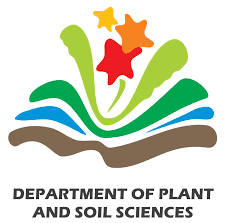
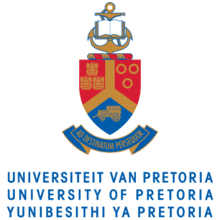

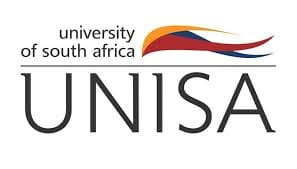
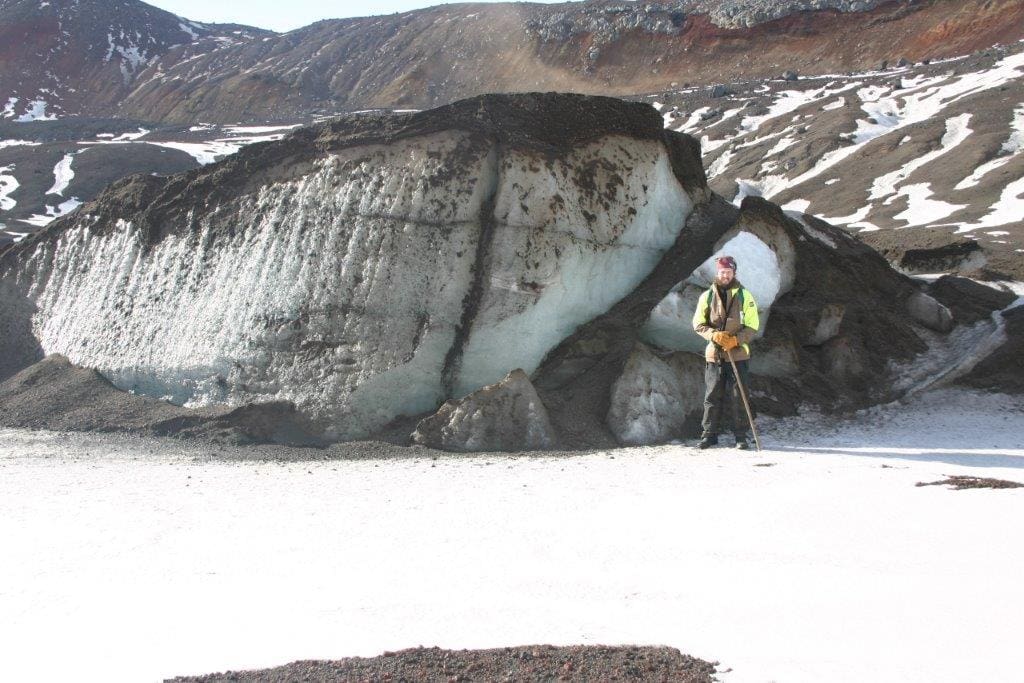 David William Hedding was born in Johannesburg and grew in Benoni on the East Rand (please don’t hold it against me) before going to boarding school in Pretoria. After a year in Ireland, I returned to study for a BSc in Geoinformatics at the University of Pretoria but it wasn’t long before the call of the mountains ignited my passion for geomorphology. This led to a switch into a BSc (Hons) in Geography to focus on physical geography. This is where it all started and I spent most of 2003 on field trips to the Drakensberg, Lesotho, Namibia as well as Marion Island where I conducted my first real piece of
David William Hedding was born in Johannesburg and grew in Benoni on the East Rand (please don’t hold it against me) before going to boarding school in Pretoria. After a year in Ireland, I returned to study for a BSc in Geoinformatics at the University of Pretoria but it wasn’t long before the call of the mountains ignited my passion for geomorphology. This led to a switch into a BSc (Hons) in Geography to focus on physical geography. This is where it all started and I spent most of 2003 on field trips to the Drakensberg, Lesotho, Namibia as well as Marion Island where I conducted my first real piece of 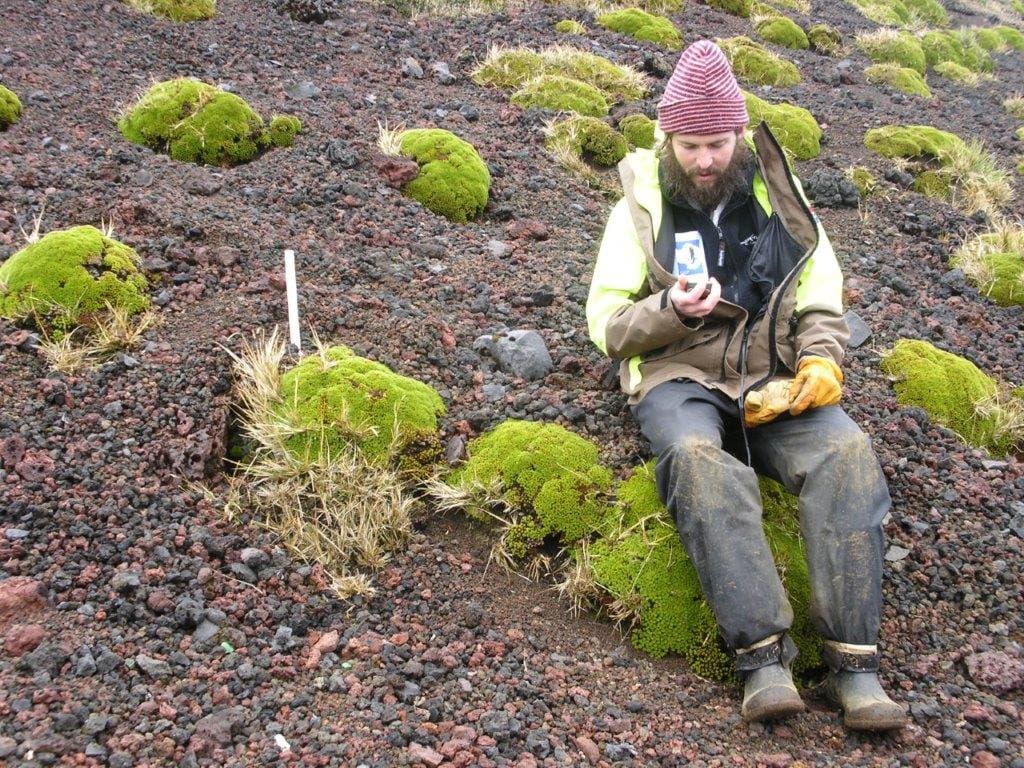
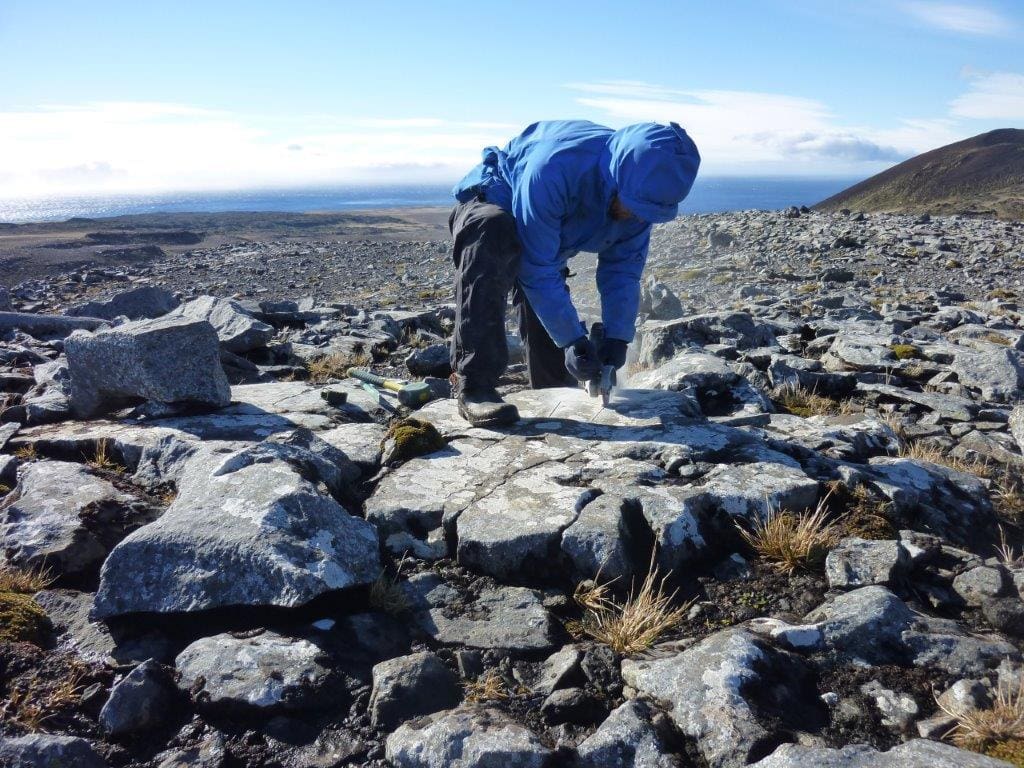
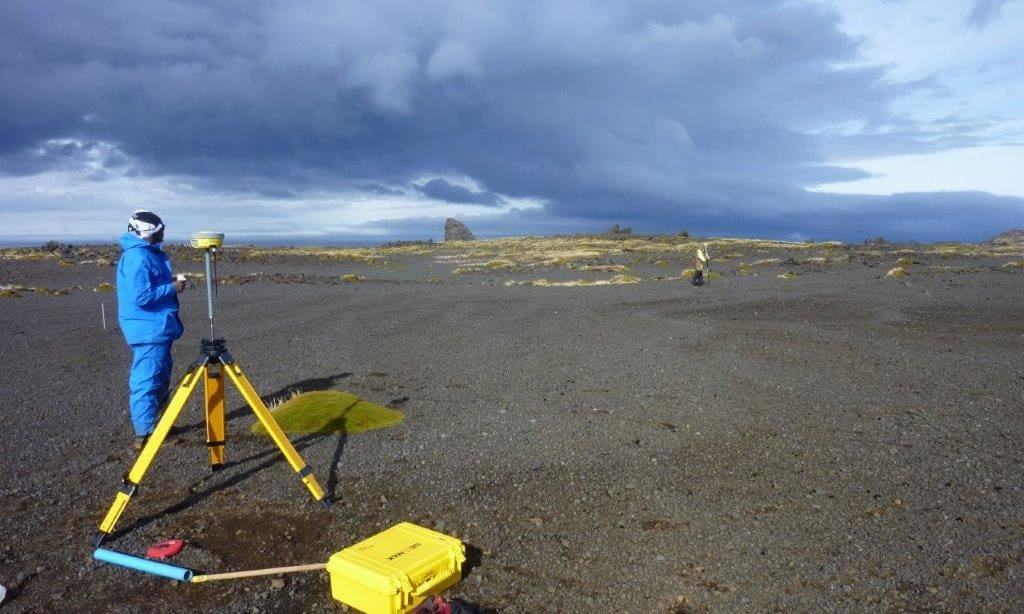
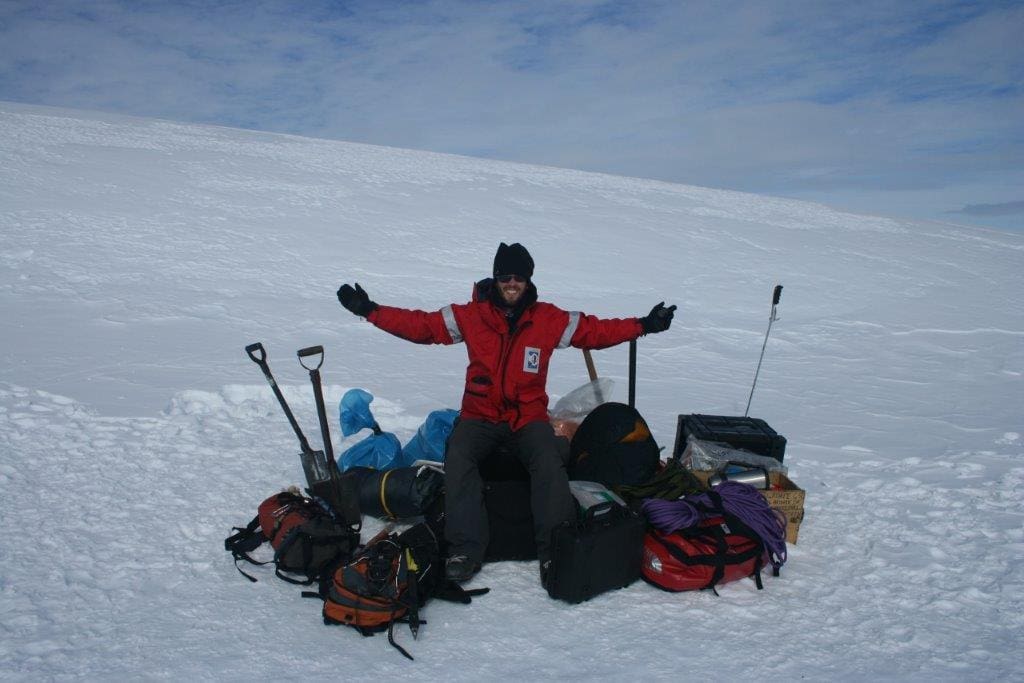
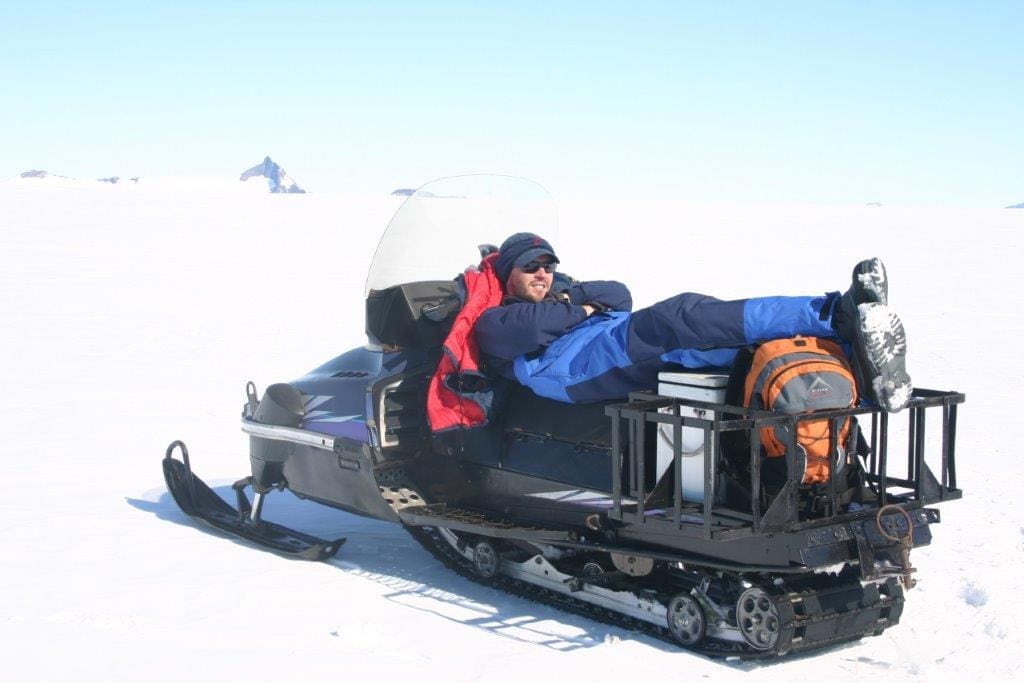

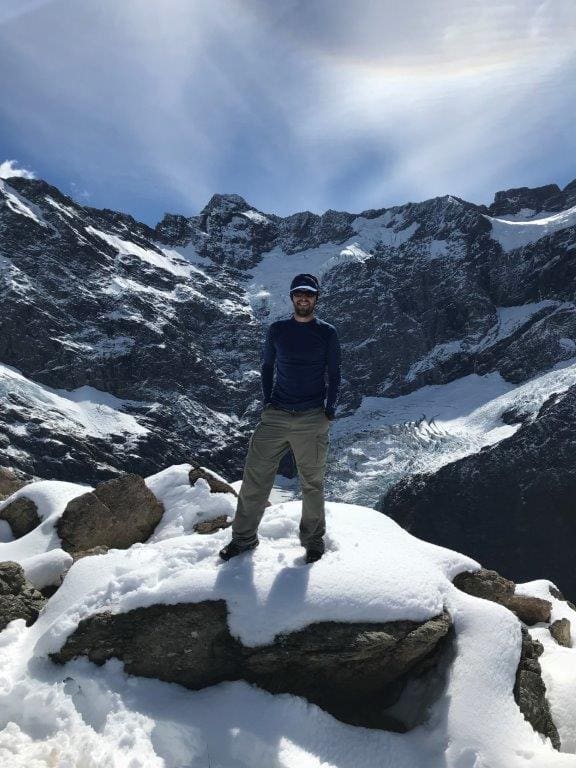
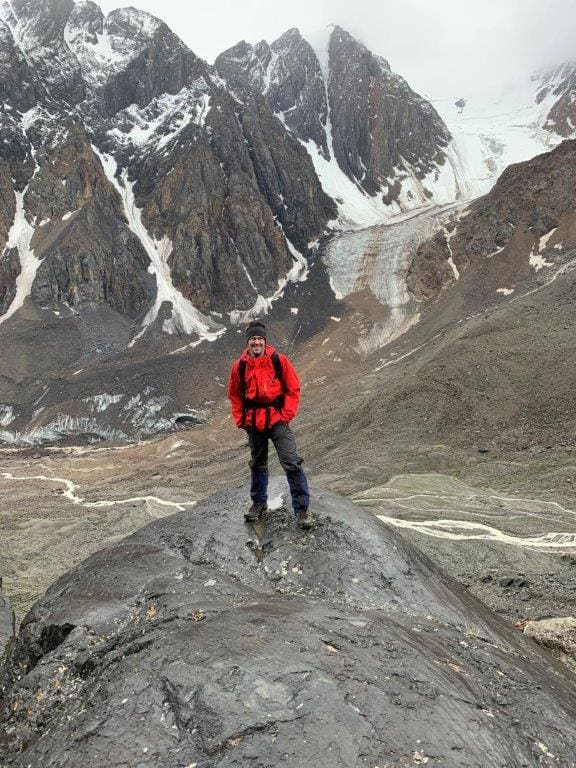

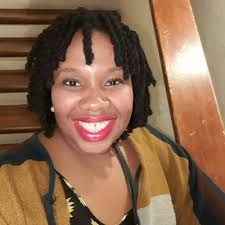
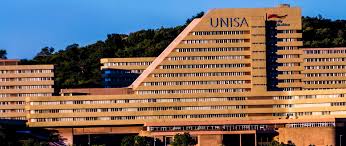



 This directory is generally envisaged to serve as a dynamic platform that contains information on African experts in the natural and social sciences, humanities, engineering and mathematics, residing within and outside the continent, which would make it easy to identify, engage and co-design as well as carry out research across disciplines, countries and regions of the continent and beyond.
This directory is generally envisaged to serve as a dynamic platform that contains information on African experts in the natural and social sciences, humanities, engineering and mathematics, residing within and outside the continent, which would make it easy to identify, engage and co-design as well as carry out research across disciplines, countries and regions of the continent and beyond.

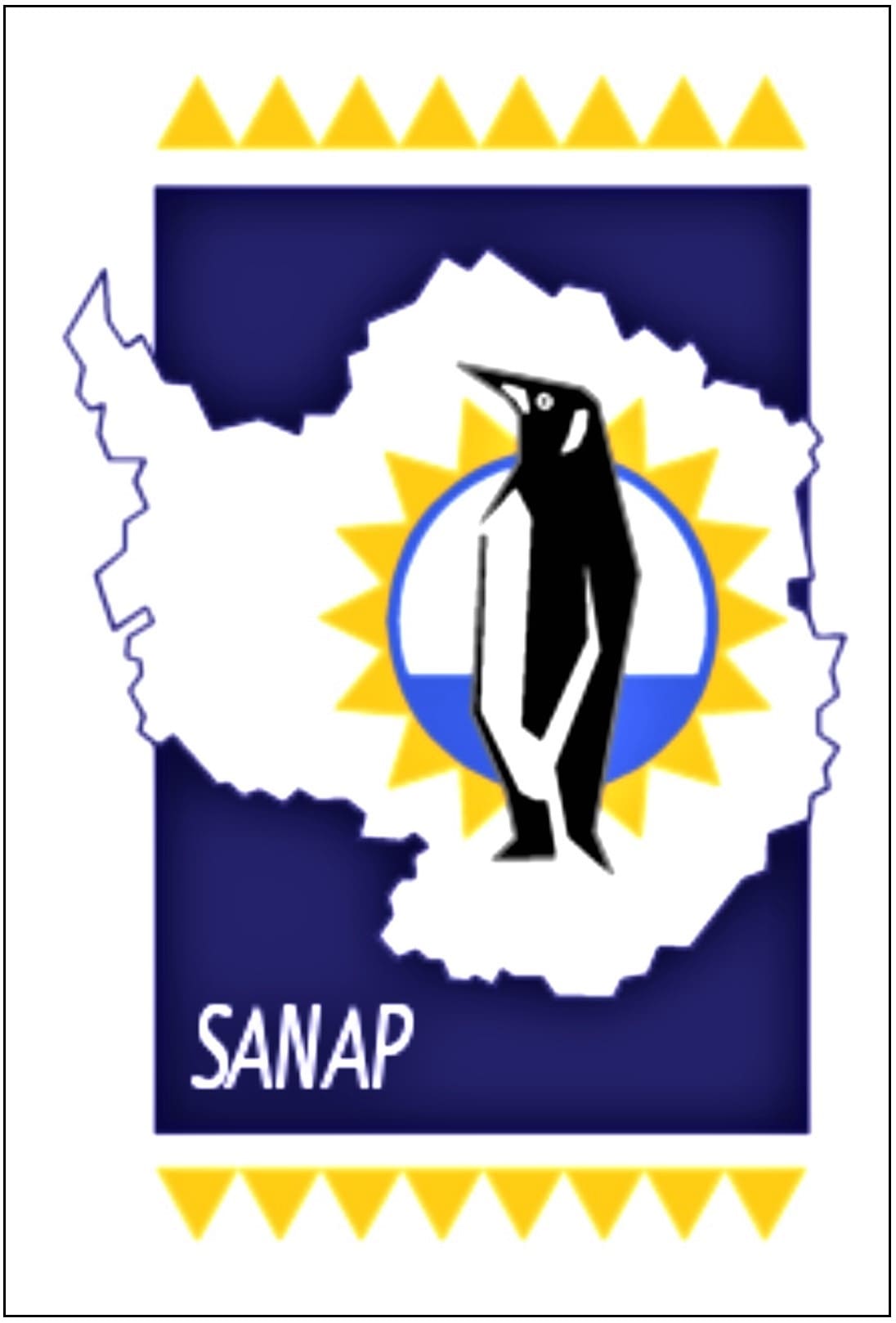


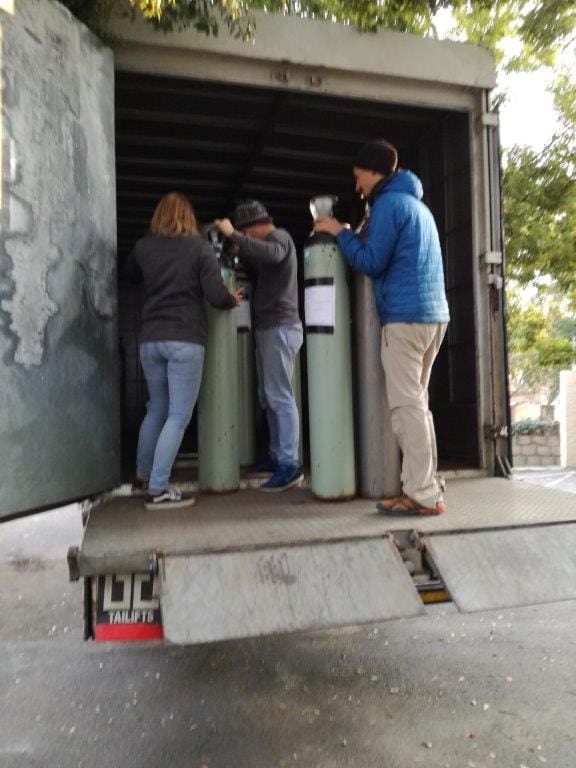 The global changes affecting the terrestrial ecosystems are matched by threats on the marine ecosystems, such as the warming of the ocean and concomitant changes in ocean structure, or marine pollution. The extent of the ecosystem alteration is still a matter of heated debates, especially when including stakeholders from industry in the discussion. Science is still far away from having all answers policy makers need. Furthermore, the notion that the oceans provide unlimited resources is still widely spread in society, despite a growing perception of rather straightforward threats such as overfishing.
The global changes affecting the terrestrial ecosystems are matched by threats on the marine ecosystems, such as the warming of the ocean and concomitant changes in ocean structure, or marine pollution. The extent of the ecosystem alteration is still a matter of heated debates, especially when including stakeholders from industry in the discussion. Science is still far away from having all answers policy makers need. Furthermore, the notion that the oceans provide unlimited resources is still widely spread in society, despite a growing perception of rather straightforward threats such as overfishing.

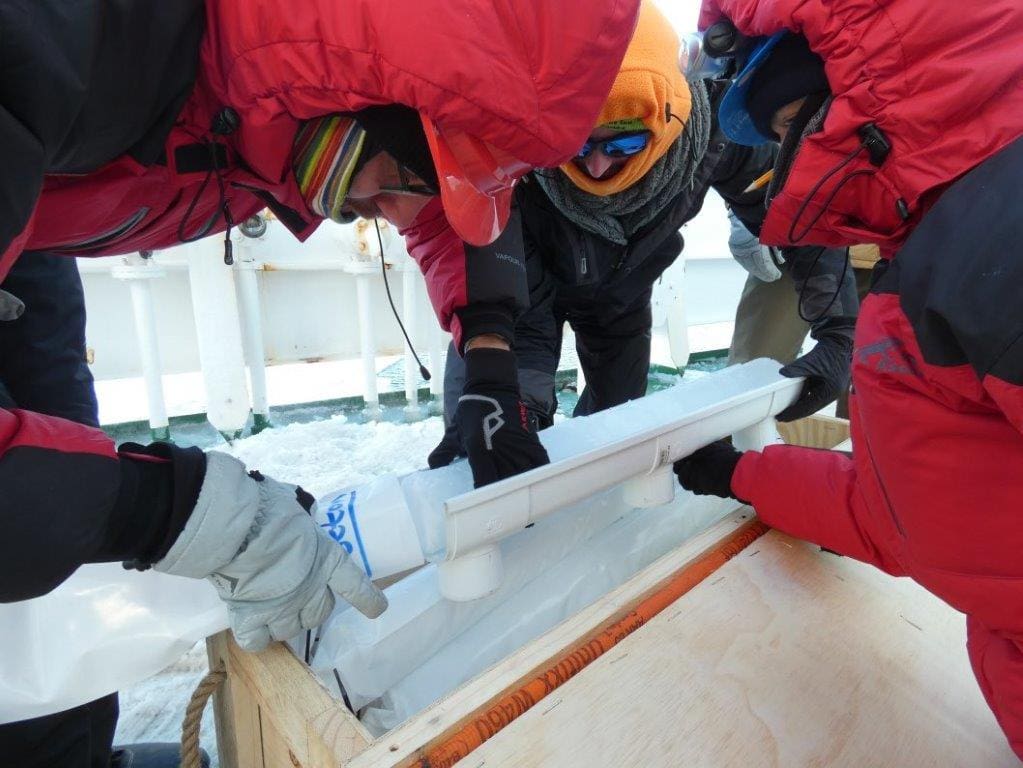 Marine primary production in the world’s oceans is generally limited by the availability of nutrients in the upper, sunlit waters. Nitrogen availability tends to limit productivity throughout much of the low-latitude oceans. The primary productivity in the Southern Ocean, in contrast, is primarily limited by constraints in bioavailability of trace metals such as iron that are vital for various biochemical processes, such as chlorophyll synthesis and nitrate utilization. Phytoplankton blooms in the Southern Ocean usually occur near the few islands scattered in the Southern Ocean, such as South Georgia or Kerguelen, and close to retrieving ice around Antarctica. In addition, changes in productivity are linked to times or areas of increased dust input. Increased primary productivity leads to two major consequences: a) food-web stimulation, and thus impact on biodiversity and fisheries and b) enhanced biological pump, and thus atmospheric CO2 sequestration.
Marine primary production in the world’s oceans is generally limited by the availability of nutrients in the upper, sunlit waters. Nitrogen availability tends to limit productivity throughout much of the low-latitude oceans. The primary productivity in the Southern Ocean, in contrast, is primarily limited by constraints in bioavailability of trace metals such as iron that are vital for various biochemical processes, such as chlorophyll synthesis and nitrate utilization. Phytoplankton blooms in the Southern Ocean usually occur near the few islands scattered in the Southern Ocean, such as South Georgia or Kerguelen, and close to retrieving ice around Antarctica. In addition, changes in productivity are linked to times or areas of increased dust input. Increased primary productivity leads to two major consequences: a) food-web stimulation, and thus impact on biodiversity and fisheries and b) enhanced biological pump, and thus atmospheric CO2 sequestration.
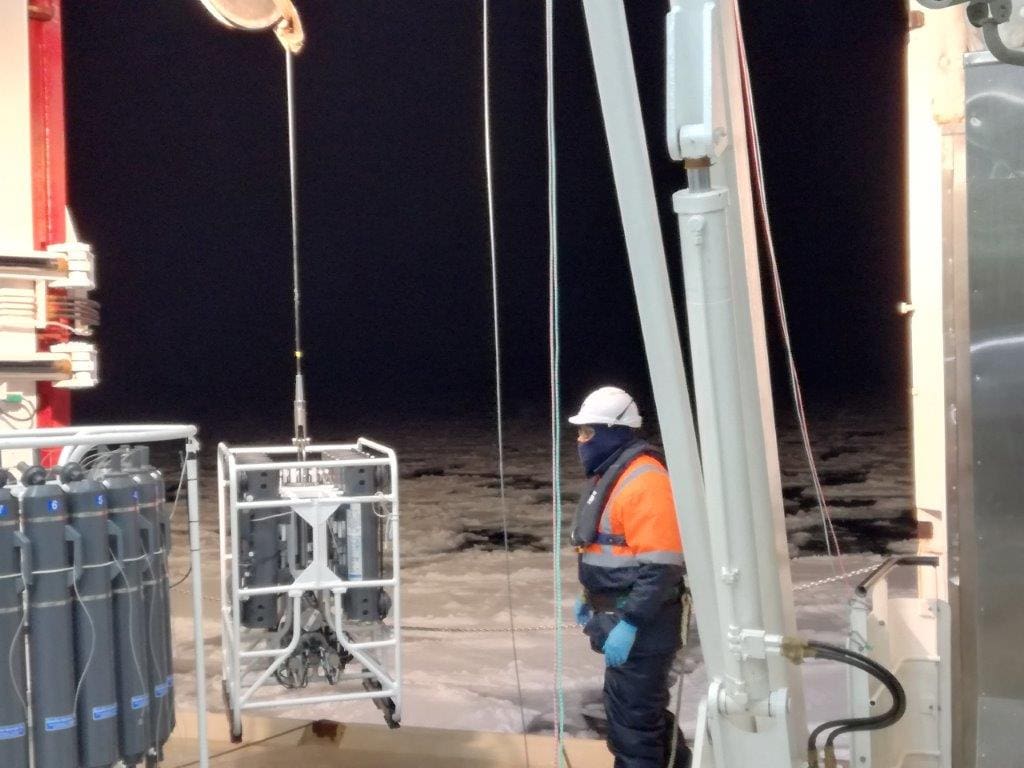
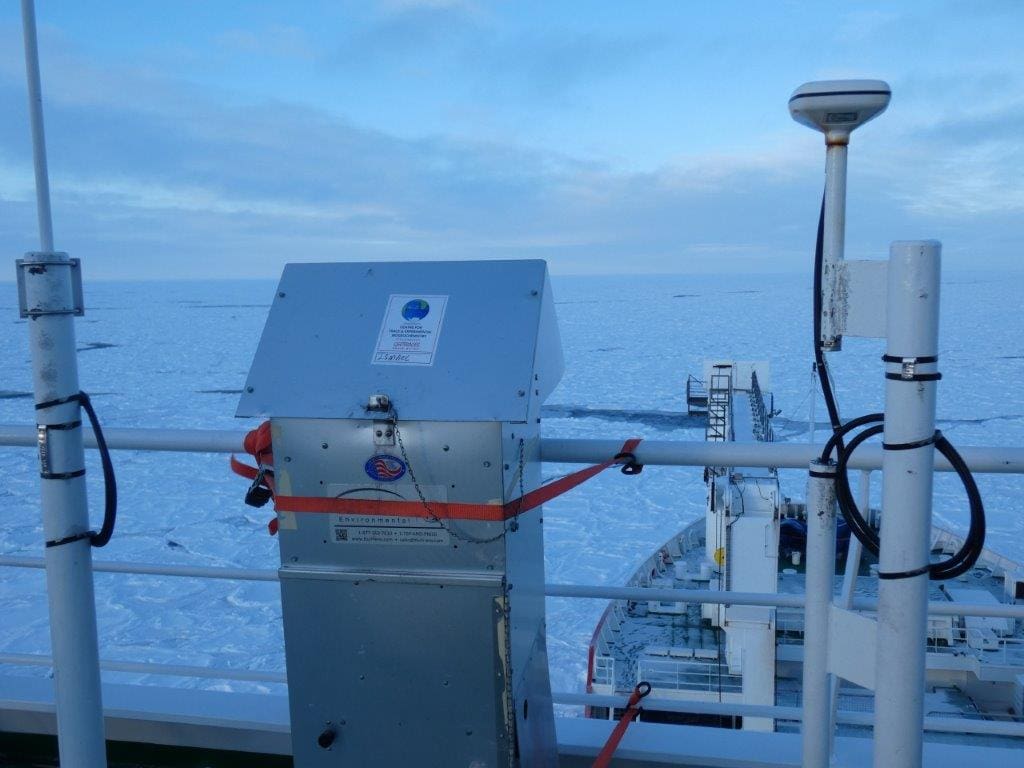 Phytoplankton and microbial communities are normally studied separately, even though it is important to assess their tight interactions. Marine microbes compete for macro- and micronutrients with phytoplankton and largely control micronutrients bioavailability at the ocean surface, but they also control an efficient recycling system below the subsurface. This tight interplay between the microorganisms and the ocean’s chemistry has thus important implications for fisheries and for the global climate. The role(s) of microbial communities in the Southern Ocean are understudied, to the extent that it is often not known what species are present. The development of fast and cheap DNA sequencing technologies allows for their identification, and we will help fill this knowledge gap. The improved understanding of the functioning of the Southern Ocean ecosystem will then allow improving models projecting future global changes.
Phytoplankton and microbial communities are normally studied separately, even though it is important to assess their tight interactions. Marine microbes compete for macro- and micronutrients with phytoplankton and largely control micronutrients bioavailability at the ocean surface, but they also control an efficient recycling system below the subsurface. This tight interplay between the microorganisms and the ocean’s chemistry has thus important implications for fisheries and for the global climate. The role(s) of microbial communities in the Southern Ocean are understudied, to the extent that it is often not known what species are present. The development of fast and cheap DNA sequencing technologies allows for their identification, and we will help fill this knowledge gap. The improved understanding of the functioning of the Southern Ocean ecosystem will then allow improving models projecting future global changes.

 The project is involved in science awareness (left Susanne Fietz during an interview at the East Pier, Presentattion to Sun Valley School, Presenatition to Antarctic Season 2019). For more information visit their
The project is involved in science awareness (left Susanne Fietz during an interview at the East Pier, Presentattion to Sun Valley School, Presenatition to Antarctic Season 2019). For more information visit their 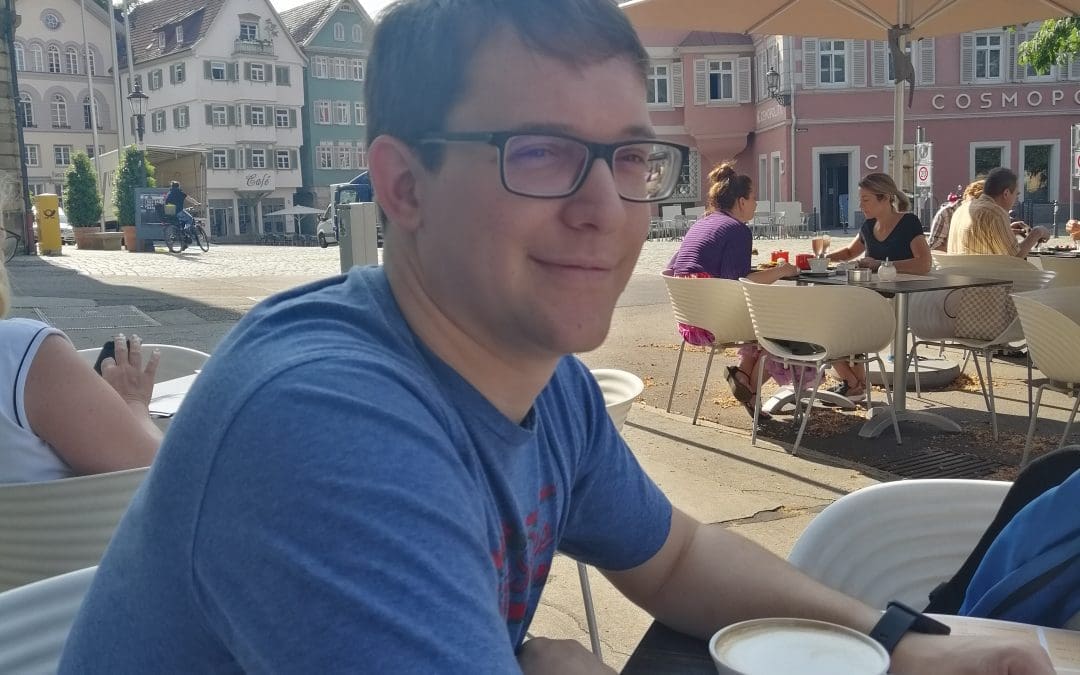
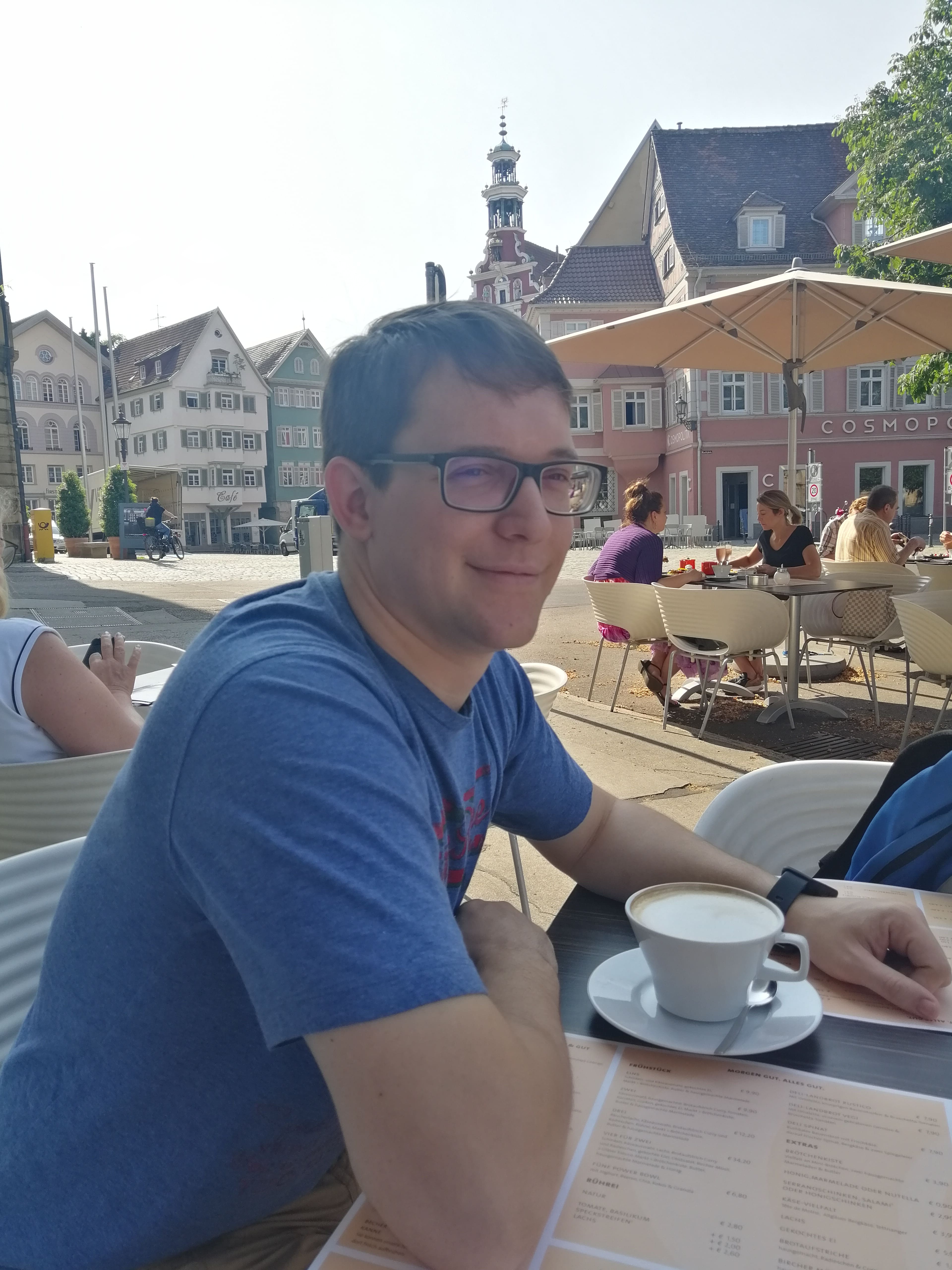
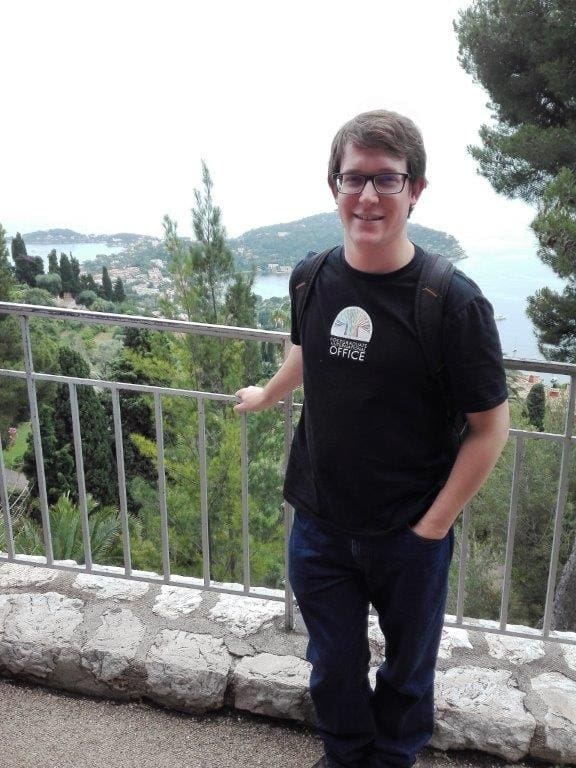 Johannes Jacobus Viljoen grew up in the small town of Wolseley in the upper Breede River Valley and started his tertiary education at Stellenbosch University after graduating high school in Ceres. He completed a BSc in Earth Science in 2015 and became the first member in his family with a university qualification. In 2016, he completed a BSc (Hons) Earth Science degree in Environmental Geochemistry where he gained a keen interest in marine biogeochemistry and research. He continued his studies as a graduate research student on phytoplankton distribution in the Southern Ocean at Stellenbosch University within the
Johannes Jacobus Viljoen grew up in the small town of Wolseley in the upper Breede River Valley and started his tertiary education at Stellenbosch University after graduating high school in Ceres. He completed a BSc in Earth Science in 2015 and became the first member in his family with a university qualification. In 2016, he completed a BSc (Hons) Earth Science degree in Environmental Geochemistry where he gained a keen interest in marine biogeochemistry and research. He continued his studies as a graduate research student on phytoplankton distribution in the Southern Ocean at Stellenbosch University within the 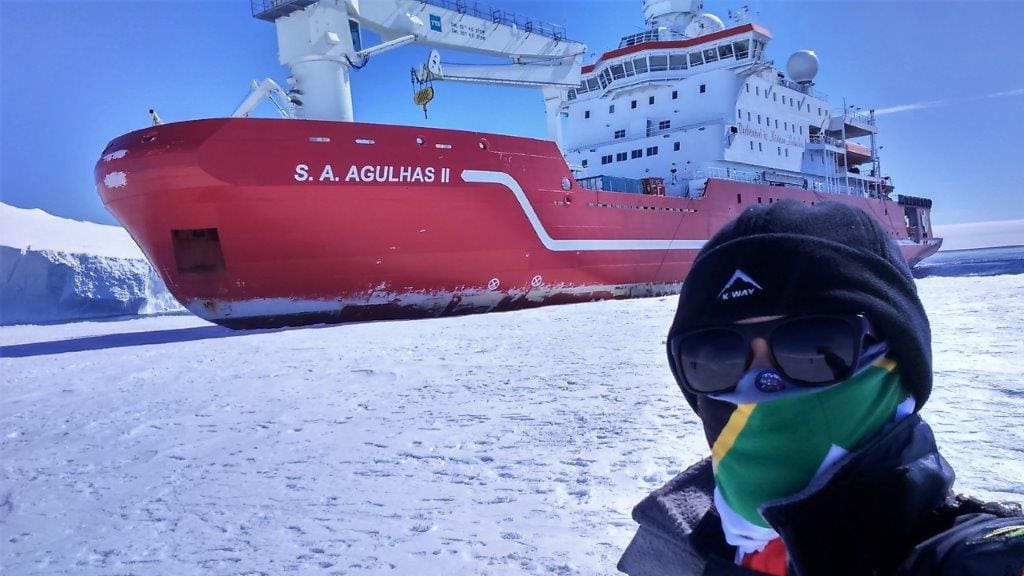
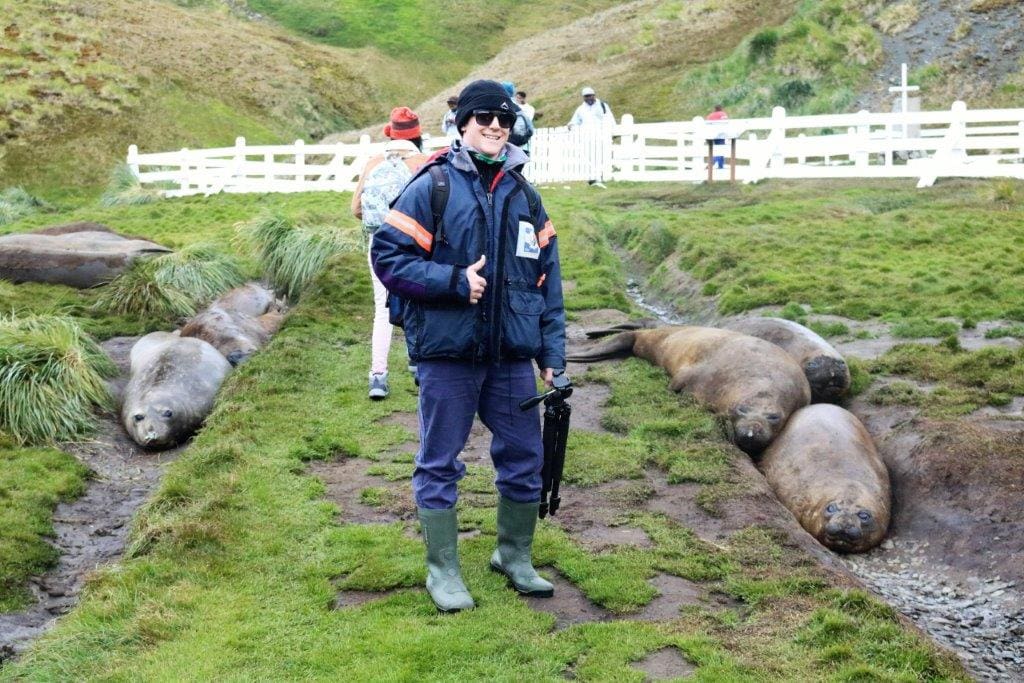 Johan is currently a
Johan is currently a 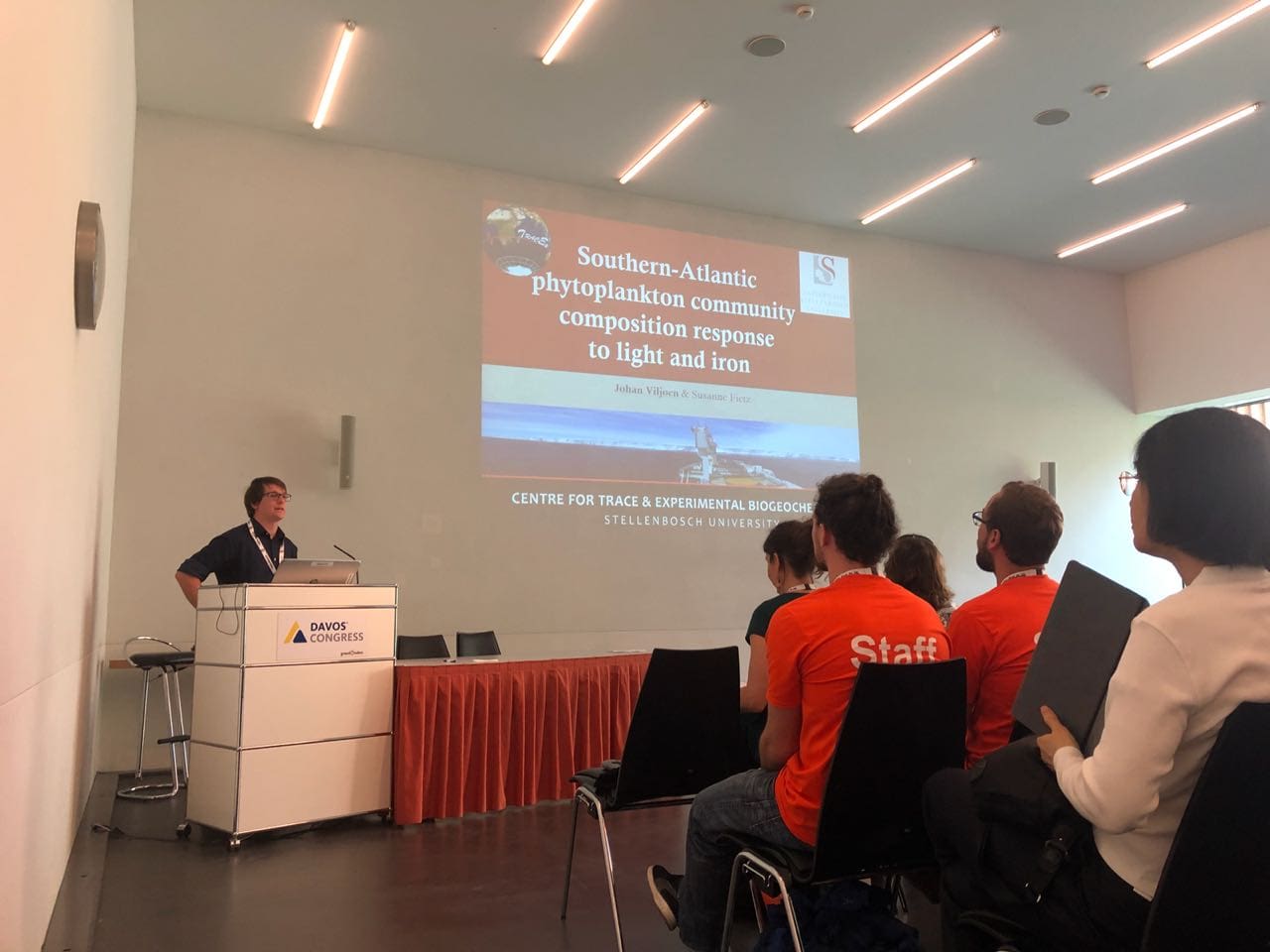 He attended his first SANAP symposium in 2016. He attended the Polar 2018 conference in Davos, Switzerland in 2018 where he presented an oral presentation on his research. He later joined the South African branch of the Association for Polar Early Career Scientists (APECS-SA) as a committee member during his second SANAP symposium in 2018. He currently serves on the APECS-SA national committee as one of the co-chairs. From 2018 – 2019, he also served as the postgraduate representative of the Department of Earth Sciences at SU on the postgraduate committee of the Faculty of Science.
He attended his first SANAP symposium in 2016. He attended the Polar 2018 conference in Davos, Switzerland in 2018 where he presented an oral presentation on his research. He later joined the South African branch of the Association for Polar Early Career Scientists (APECS-SA) as a committee member during his second SANAP symposium in 2018. He currently serves on the APECS-SA national committee as one of the co-chairs. From 2018 – 2019, he also served as the postgraduate representative of the Department of Earth Sciences at SU on the postgraduate committee of the Faculty of Science.
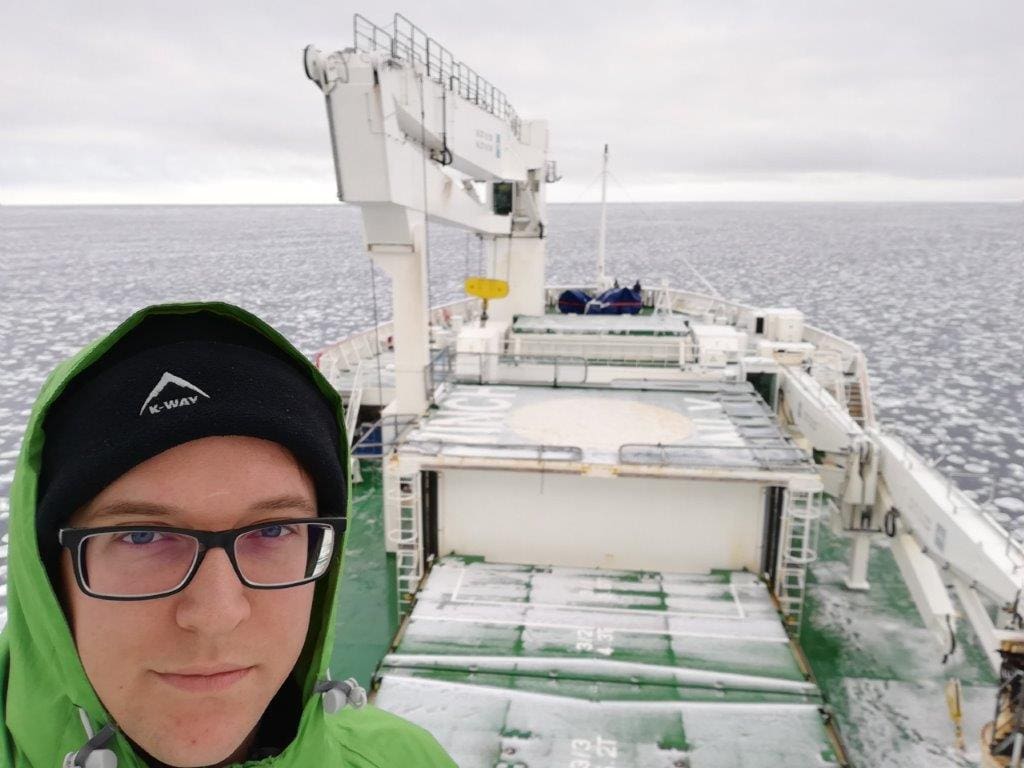 Johan is driven to learn more about marine science and sharing his research and experiences with others. To date, he has published two scientific articles from his MSc research and aims to follow an academic career. In August 2017, he was awarded the opportunity by the
Johan is driven to learn more about marine science and sharing his research and experiences with others. To date, he has published two scientific articles from his MSc research and aims to follow an academic career. In August 2017, he was awarded the opportunity by the 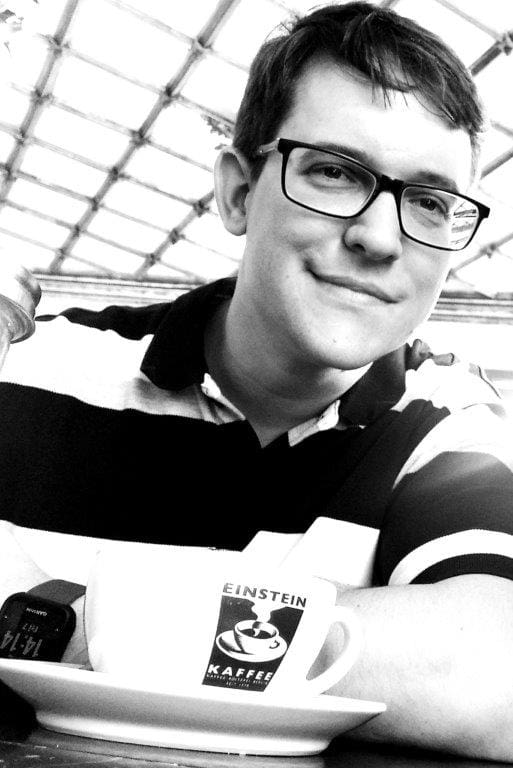 In his free time, he enjoys spending time with his family and friends, watching documentaries and movies based on true events, reading, hiking and travelling. He considers himself to be a bit of a coffee connoisseur, a budding gardener and an experimental cook.
In his free time, he enjoys spending time with his family and friends, watching documentaries and movies based on true events, reading, hiking and travelling. He considers himself to be a bit of a coffee connoisseur, a budding gardener and an experimental cook.




